A Tale Of Two Gardens
by Tiya Thomas
Mexican sunflowers dot the borders of Clay Avenue Community Garden, a lush plot of privately funded land in the Claremont neighborhood of the Bronx. Inside its 4,500-square-foot area are a dozen boxes staked out by Katy, Yang, Junior, among others — community gardeners who grow fall produce like cabbage, kale, bak choi, swiss chard and arugula.
One gardener, Fabiana, sipped a beer on a crisp October evening as she leisurely pruned her tomato plants. At the back of the garden, four chickens clucked in their protective pen.
“Fabiana and I take care of the chickens,” said George Axiotakis, who works as the volunteer coordinator for the New York Restoration Project, the foundation begun 23 years ago by actress Bette Midler that funds the garden. Axiotakis, enjoys the benefit of growing his own food. But he also comes for the flowers.
“Eat, drink, be merry, looking at the flowers,” Axiotakis said.

George Axiotakis, a volunteer coordinator at the Clay Avenue Garden, maintains ornamental border of flowers.
Twelve minutes by foot to the south, another New York Restoration Project garden sits off of Teller Avenue, barely visible. Behind a locked metal gate is a wedge of 1,500-feet of green space, with overgrown flowers and a park bench. The sign on the gate read “Bette’s Rose Garden.”
It’s a kind of secret garden, except hidden in plain sight.
A super from the building around the corner, Frank Crowder, said he thought it was a private garden, “owned by a movie star,” a sentiment shared by four other passersby.
Both gardens are part of the New York Restoration Project conservancy, launched 23 years ago to bring green spaces to the least green neighborhoods in the city. The private, non-profit runs 52 gardens across the city, 13 in the Bronx. The model builds on community sweat and passion, requiring that each park needs to be open to the public at least 20 hours per week. Only one in the Bronx is not thriving – Bette’s Rose Garden designed in 2005 as a 60th Birthday present for Bette Midler.
“Opening and closing hours are hosted by community volunteers. The garden is not closed, it is open,” said Annel Cabrera-Marus, director of community engagement for the NYRP, adding that if anyone asked to use the garden the office would open it for them.
“What makes sense for the community today,” Cabrera-Marus said, “may not make sense for the community ten years for now.”
The NYRP first took interest in community gardens in 1999 when then-Mayor Rudolph Giuliani threatened to sell 114 community gardens to developers. That was when the conservancy joined forces with other public organizations to preserve green spaces in the city.
According to the group’s 2016 nonprofit tax records, its revenue was $7.9 million and came from gifts, grants and other contributions including membership fees.
In a shed inside Clay Avenue Garden, the national flags of Korea, Dominican Republic, Puerto Rico and USA, are hung from the roof.

A cat sits on the picnic table built for local community gatherings that usually take place on a Saturday afternoon.
Ishmael Ramos recalled sharing his story of coming to America with Bette Midler, when she visited the garden about seven years ago.
“When Bette Midler showed up over here it was a big, big event. There were cameras everywhere. People were so excited,” said Ramos, a local garden member, who also does mechanical work. Ramos, who is more commonly known known as Junior, came to the U.S. from Puerto Rico in 1974. “This is what we used to do there. “We grew vegetables,” he said.
Axiotakis, the Clay Avenue’s volunteer gardener, puts in 20 hours a week, caring for the flowers, and doing clerical work like securing water permits and purchasing supplies.
“Community gardeners are not ornamental gardeners. They are not orchid people or rose people. They like to talk about tomatoes,” said Axiotakis, a horticulturist by training.
Cabrera-Marus emphasized the power of open space regardless of how active it is.
“It’s about the community seeing beautiful spaces as part of their community,” she said about ornamental gardens.
Recently the chicken pen in Clay Avenue Garden was attacked by raccoons. Junior installed a metal sheet at the back, so that the birds groomed for laying eggs would be protected from all sides. When asked about who gets the eggs, Junior was quick to reply.
“I say we all do.”


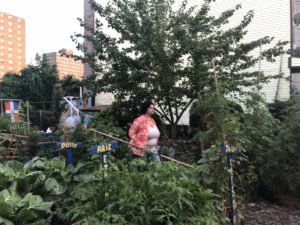
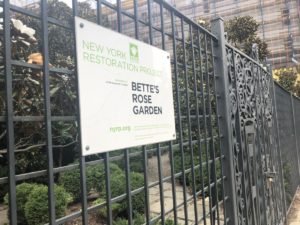

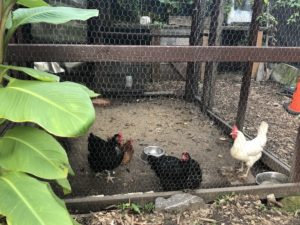
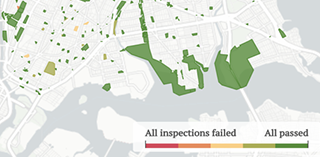 Tracking inspection records in Bronx public parks | Lucas Manfield
Tracking inspection records in Bronx public parks | Lucas Manfield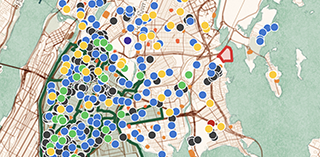 Mapping amenities in Bronx public parks | Leafy Yan
Mapping amenities in Bronx public parks | Leafy Yan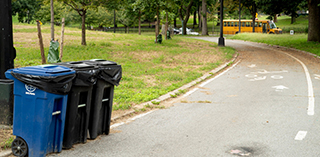 Acceptable or unacceptable: trash and inequality in two Bronx parks | Max Horberry
Acceptable or unacceptable: trash and inequality in two Bronx parks | Max Horberry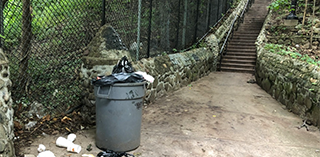 The little west Bronx park that could, defying decade of cleanup efforts | Lucas Manfield
The little west Bronx park that could, defying decade of cleanup efforts | Lucas Manfield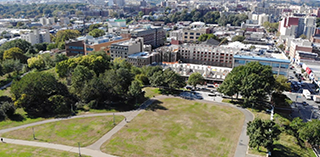 New life being brought to Tremont Park | Allen Devlin
New life being brought to Tremont Park | Allen Devlin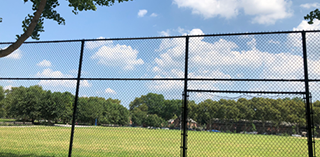 Take out the old bring in the new: Soundview Park | Olivia Eubanks
Take out the old bring in the new: Soundview Park | Olivia Eubanks Learning to bike in the Bronx | Virginia Norder
Learning to bike in the Bronx | Virginia Norder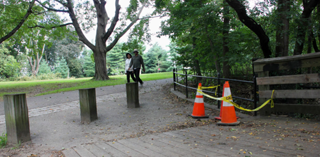 Private donors saved New York City parks—but for whom? | Brett Bachman
Private donors saved New York City parks—but for whom? | Brett Bachman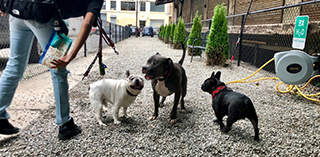 Privatized puppy parks: a Bronx tail | Tristan Cimini
Privatized puppy parks: a Bronx tail | Tristan Cimini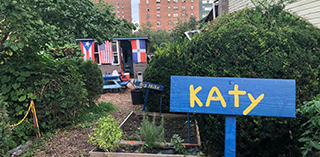 A Tale of Two Gardens | Tiya Thomas
A Tale of Two Gardens | Tiya Thomas Access to North and South Brother Islands still in question | Savannah Jacobson
Access to North and South Brother Islands still in question | Savannah Jacobson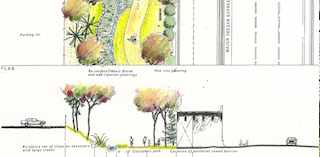 Is the Bronx not entitled to its own High Line park? | Beatriz Muylaert
Is the Bronx not entitled to its own High Line park? | Beatriz Muylaert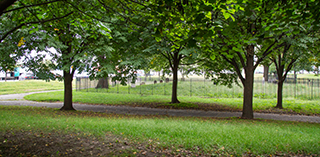 Ongoing struggle to get recognition for slave burial ground at Joseph Rodman Drake Park | Aliya Chaudhry
Ongoing struggle to get recognition for slave burial ground at Joseph Rodman Drake Park | Aliya Chaudhry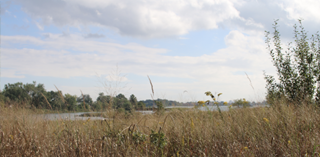 Bronx River Alliance: Water pollution has been the highest in years | Joasia E. Popowicz
Bronx River Alliance: Water pollution has been the highest in years | Joasia E. Popowicz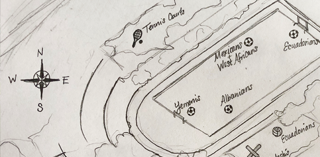 Immigrants face barriers to Bronx parks | Seyma Bayram
Immigrants face barriers to Bronx parks | Seyma Bayram